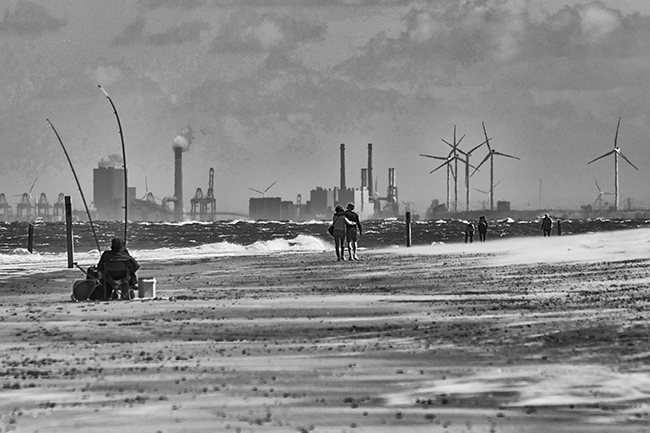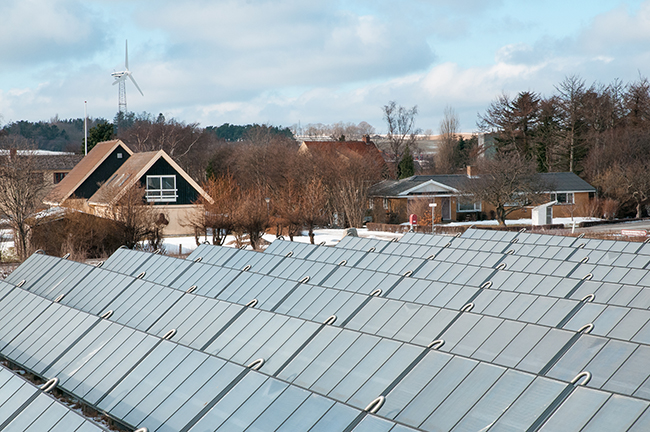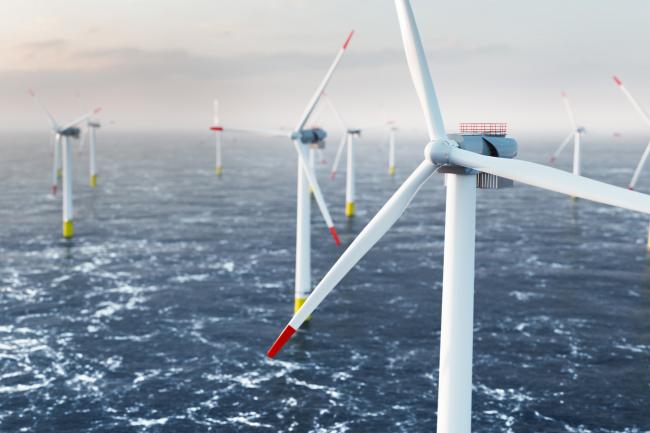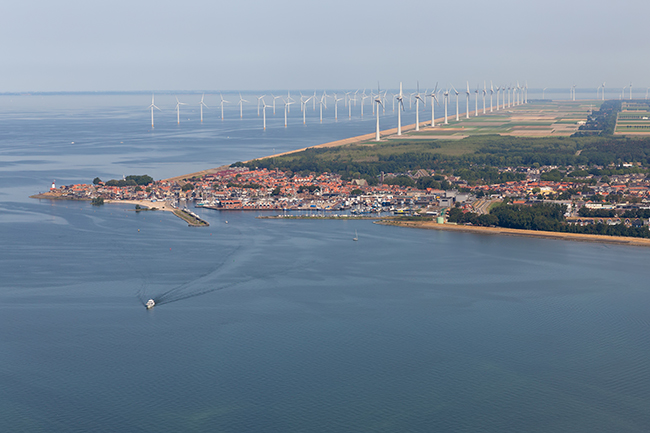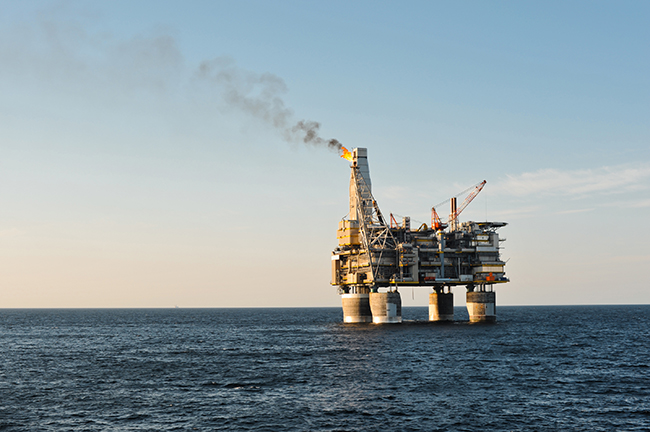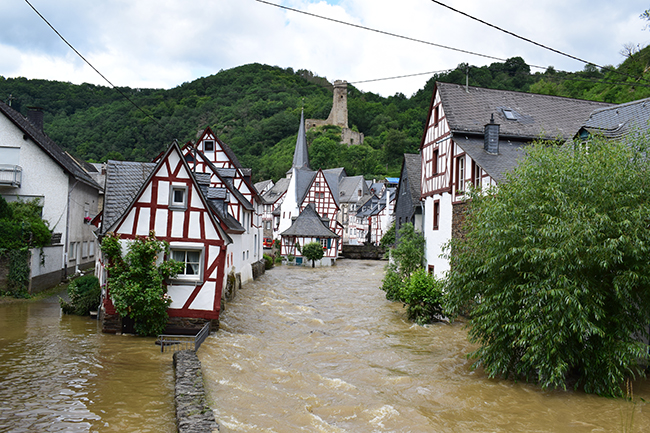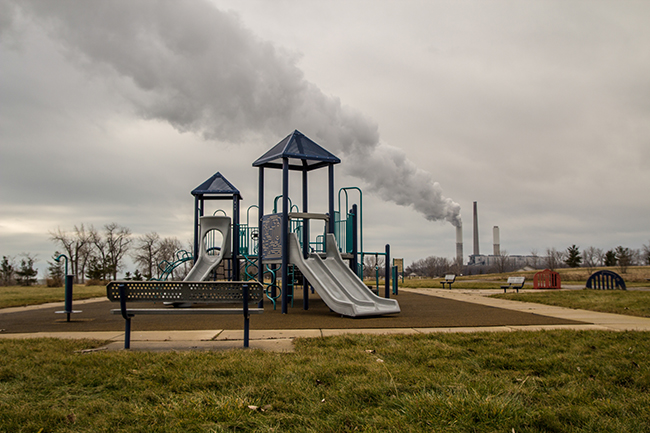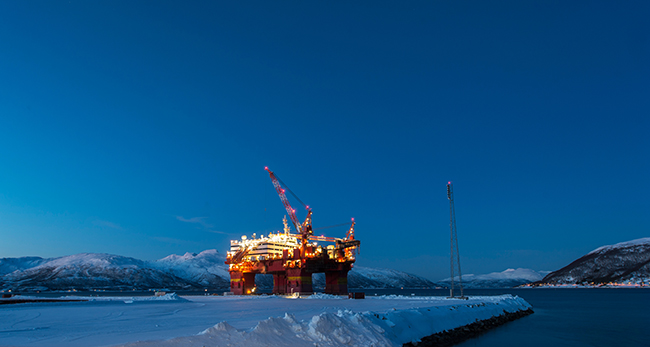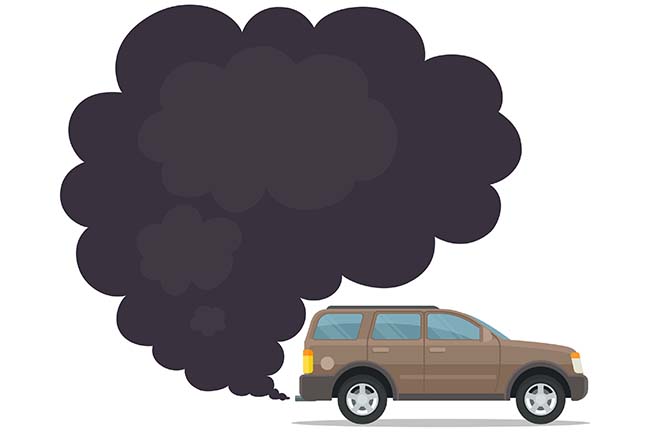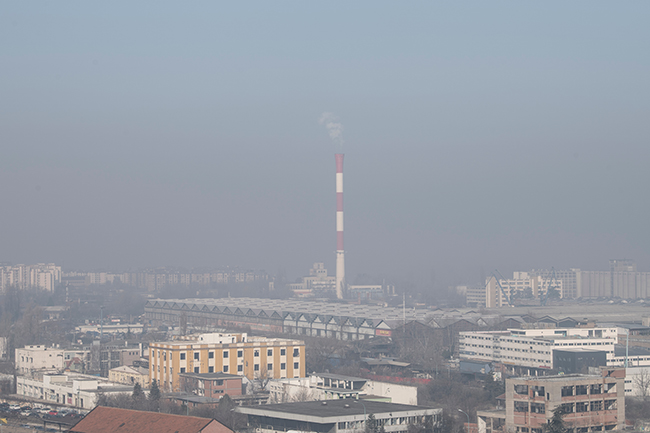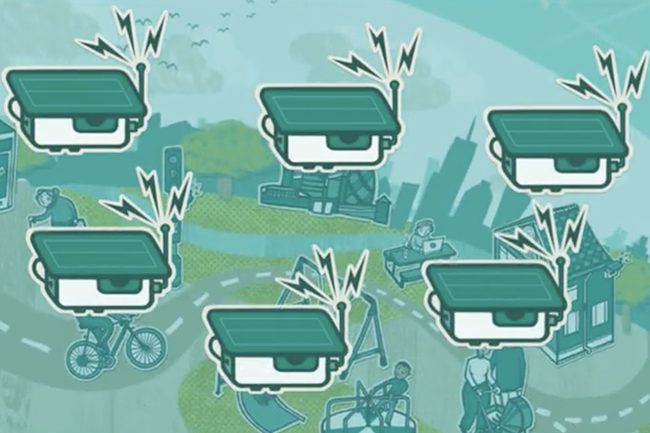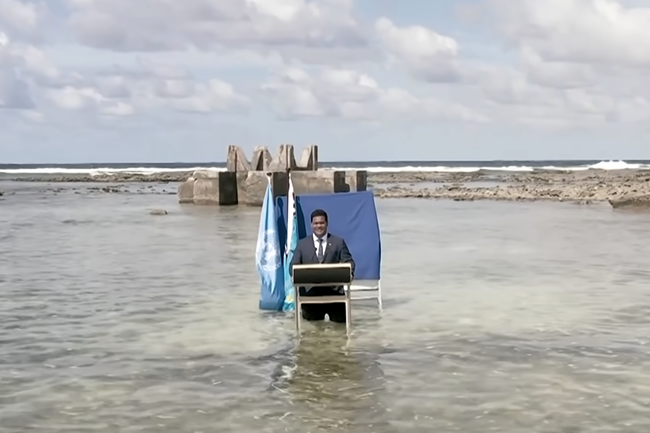The acidification problem is, indeed, a “black elephant” – an obvious, predictable event with enormous consequences, but highly overlooked by many stakeholders, which is also relevant for the Black Sea region.
In 2014 the new term “black elephant” was used for the first time in a New York Times article. The term is a curious crossbreed of two already familiar expressions: “black swan”, which describes an event that is extremely rare and unexpected but has very significant consequences, and “elephant in the room”, something whose presence everyone is aware of, but nobody seriously addresses.
Although some scientists recognised more than 50 years ago that rising CO2 (carbon dioxide) concentrations would affect seawater chemistry and cause ocean acidification, this phenomenon has only recently emerged as one of the big knowledge gaps in marine science and has now become a global research priority. And in this regard, the acidification problem is, indeed, a “black elephant” – an obvious, predictable event with enormous consequences, but highly overlooked by many stakeholders and policymakers.
Ocean acidification – or decreased pH – is a result of shifts in acid-base equilibria caused by increased concentrations of CO2 in surface waters. Such changes in living conditions have an impact on the performance of organisms. Calcifying plants and animals are especially under threat because a decrease in pH impairs their ability to build and maintain calcareous structures (e.g. shells) by reducing the availability of their building materials, i.e. aragonite and calcite. These compounds are mineral forms of calcium carbonate, and in marine chemistry this change in availability is called a decrease in their saturation state. The general impact of ocean acidification on water chemistry is well understood, but regional data and models are needed, which is particularly true for the Black Sea.
As a semi-enclosed sea, the Black Sea has a very limited connection with the Mediterranean Sea, which, in turn, is connected to the Atlantic Ocean. Its depth is considerable, in some places reaching 2,212 metres. The mean salinity is 18 ‰, which is about half that of other seas and oceans. The Black Sea is a very unique sea, most notably having the largest anoxic water volume of all the world’s seas, along with associated ecosystem features. Below a depth of about 100 metres there is no oxygen, and the seawater, populated only by adapted bacteria, contains highly toxic hydrogen sulphide.
The Black Sea is affected by natural and anthropogenic pressures, resulting from the growth of coastal populations, the exploitation of marine resources, industrialisation, as well as climate change. This is what makes it difficult to quantify the impact of ocean acidification itself. The situation is even more complicated by the complex water chemistry of the Black Sea, resulting from its isolation and natural features.
The capacity of the Black Sea to buffer, or resist, ocean acidification is, like other bodies of water, determined by the total alkalinity . Due to the high total alkalinity of the rivers feeding the Black Sea, the total alkalinity of seawater in the oxic surface waters is higher than typical oceanic values, resulting in the high buffering capacity of the Black Sea with respect to ocean acidification.
Nevertheless, and even if the data on the Black Sea carbon cycle is very limited, there are long term observations (1932-1993) of pH and pCO2 (partial pressure of CO2) in the Northern part of the Black Sea that reveal signs of ocean acidification.
An evident result of long-term variations of the carbonate system is an almost halving of the ability of the Black Sea to absorb CO2 from the atmosphere. Newer research shows that the surface waters still absorb CO2 from the atmosphere, but this ability has decreased by 20% between 2001 and 2015. Another extremely negative trend is the decrease in pH values. The most significant decrease in pH values was recorded in the upper part of the suboxic layer, with an average reduction of 0.15. This caused at least a twofold decrease in the concentration of carbonate ions and a significant decrease in the level of saturation of waters with calcium carbonate – i.e. the compound needed for the minerals that are essential as building blocks for calcareous structures.
These changes are superimposed on comparatively low levels of these building blocks in deeper waters. In contrast with the Mediterranean Sea, which is supersaturated with calcite and aragonite throughout the whole water column, in the Black Sea the saturation coefficients of both calcite and aragonite show undersaturation at depth. In addition to the complex carbonate chemistry, intensive eutrophication of the ecosystem caused by human interference in both the Black Sea waters and the drainage basins of its major supplying rivers can greatly influence surface water coastal acidification.
Although the data on acidification and particularly its impacts on biodiversity are fragmentary in the Black Sea, many biota components of the Black Sea could be susceptible to decreased pH, which in turn could cause ecological, economic and social problems in this region. Among the calcareous organisms, the single-celled phytoplankton known as coccolithophores are one of the most abundant groups of organisms both globally and in the Black Sea ecosystems, among which Emiliania huxleyi is the dominating species of coccolithophores. The effects of changes in coccolith calcification on carbon cycling within the Black Sea ecosystems are completely unknown, but most studies on these organisms have demonstrated a decline in their calcification rates at low pH.
There are also more than 100 species of foraminifera, single-celled organisms with a calcite shell, in the Black Sea. They are an important component of the zooplankton and meiofauna. Changes in foraminifera shell weight due to changes in surface water carbonate chemistry have also been suggested by several studies in other regions. Data suggest the possibility of an ecological extinction of benthic foraminifera due to ocean acidification by 2100.
Several studies have shown significant negative impacts of decreasing pH on mollusc species, which are also ecologically and economically very important for the healthy functioning of the Black Sea ecosystem. Being a key element of ecosystems in the Black Sea, bivalve molluscs provide a habitat for species (forming biogenic reefs) and filter seawater, affecting the cycle of nutrients.
Given the potential of ocean acidification to appreciably affect marine biodiversity, it is important to make initial evaluations of the possible negative socio-economic impacts, related for example to the fishing and tourism industries. Ocean acidification has the potential to affect food security, since up to 150,000 people depend directly on the Black Sea fisheries. The fishery sector plays an important role both in supplying the increasing protein demand of the growing population and by contributing to the economy through local employment. Although the physiological response of commercially important fish to increased temperature has been well documented in the Black Sea, little is known about the effects of ocean acidification. However, research has demonstrated that under certain conditions elevated temperature and carbon dioxide may create synergistic adverse effects. In this regard, commercially important species that are adversely affected by global warming may be even more vulnerable to acidification. It is therefore very important to study the influence of these factors on biodiversity in the Black Sea in general, and on commercially important species on which local communities depend.
In addition to the common measures under global agreements (such as cutting emissions and adapting to climate change), it is important to implement basin-scale actions with the participation of all coastal countries. Promoting research in this field will help to improve the understanding of the impacts of ocean acidification, and a key element of this is setting up a network of monitoring stations that use a harmonised methodology. It is also necessary to build links between economists, policymakers and scientists in order to evaluate the socioeconomic extent of impacts and costs for action versus inaction.
The isolation of the Black Sea, combined with highly dynamic oceanography within basins, implies that effective responses to ongoing changes require intensified regional cooperation not only on better coordinated monitoring, but also on forecasting of changes, adaptation, mitigation and increasing awareness of the Black Sea with respect to acidification.
Sofia Sadogurska
Source (including all references to articles and reports): https://airclim.org/sites/default/files/document/ocean_acidification_rep...



